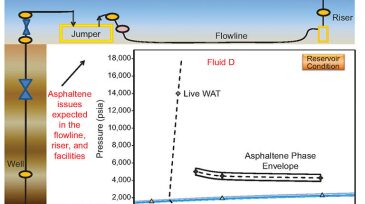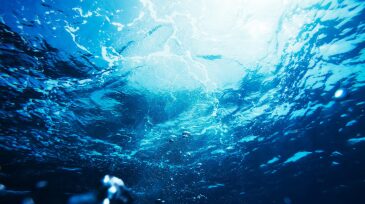Flow assurance
This paper discusses a comprehensive hybrid approach that combines machine learning with a physics-based risk-prediction model to detect and prevent the formation of hydrates in flowlines and separators.
The advancement of flow-assurance technology can be characterized as a transition from reactive to proactive, from laboratory-scale examination to field applicability, and from data-driven to big data and physics integration.
This paper explains that the discovery of specific pressure trends, combined with an unconventional approach for analyzing gas compositional data, enables the detection and prediction of paraffin deposition at pad level and in the gathering system.
-
Mitigation of flow-assurance problems continues to drive new production-technology applications and approaches. The three papers highlighted here focus on minimizing costs while providing safe, effective, and reliable operations.
-
A BP flow assurance manager explains a methodology for determining and mitigating flow assurance risks.
-
Fluid Efficiency and Rhapsody Venture will partner to refine and launch a new molecular technology to improve the flow in pipelines.
-
This paper presents an integrated approach to evaluate the key elements of asphaltene risk for deepwater projects, the strategy to manage the issues during production implementation, and aspects to be considered in the mitigation of asphaltene in the field-development plan.
-
This paper presents a methodology that begins by determining the ADE in the laboratory. Moreover, asphaltene-deposition rates for the tubing conditions can be measured using high-pressure/high-temperature coaxial-cylinder technology.
-
Sensor systems for pipeline inspections from Ingu and Rheidiant are among the initial selections to receive funding under Chevron’s CTV Catalyst Program.
-
The expanded research and testing capabilities offer the only vertical test rig for subsea safety valves and one of the largest high-pressure natural gas test facilities in the world.
-
A new complex at Southwest Research Institute will support fluid dynamics research and the development testing of flow components.
-
As operators rely on longer subsea tiebacks, an upward trend in the number of plugs caused by paraffins and hydrates has been seen. New prevention and remediation methods are discussed to help solve these challenges.
-
A test method is being developed to screen paraffin chemistries in the presence of brine, closer resembling dynamic field conditions.













